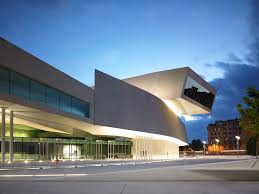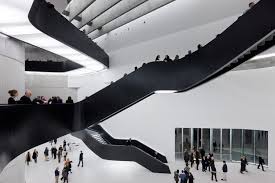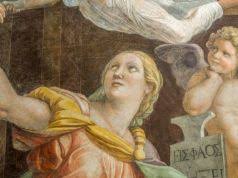Italy: Rome’s MAXXI gets ready to open art museum in L’Aquila

Rome: MAXXI L’Aquila, a new contemporary art museum under the management of Rome’s Museo Nazionale delle Arti del XXI secolo, is set to open in the Abruzzo capital L’Aquila on 30 October.
The museum will be housed at Palazzo Ardinghelli whose extensive restoration, financed with the support of Russia, is nearing completion following L’Aquila’s devastating earthquake in April 2009.

The project, stalled by the covid-19 emergency, has seen the complete renovation of the 18th-century Baroque building which was formerly the home of culture ministry offices.
On 21 July the culture ministry entrusted the museum to MAXXI whose president Giovanna Melandri says the reopening of Palazzo Ardinghelli will be symbolic of a “double rebirth”, after the devastation of the earthquake and the suspension of time caused by the coronavirus lockdown.
MAXXI describes the project as offering the community “a new collective place, a platform of cultural creativity, open, shared, at the service of the relaunch of the city.”
On 5 September the museum will be presented to the media, followed by guided tours for the public from 15.00-19.00 on 5 September, and 11.00-13.30 on 6 September.
The tours will be led by students of the Academy of Fine Arts in L’Aquila, in compliance with safety regulations, with reservations required (via MAXXI Aquila website).
MAXXI L’Aquila will be inaugurated on 30 October, in the presence of Italy’s culture minister Dario Franceschini and the Russian ambassador to Italy, Sergey Razov.

The museum’s exhibitions will include works by Elisabetta Benassi, Daniela De Lorenzo, Alberto Garutti, Nunzio, Ettore Spalletti, Anastasia Potemkina, Paolo Pellegrin and Stefano Cerio, in addition to a selection of works from the MAXXI Collection.
For insights and updates on the new museum see the MAXXI L’Aquila website.
In the early hours of 6 April 2009 a 6.3-magnitude earthquake struck the central Italian city of L’Aquila, killing 309 people, leaving 70,000 homeless and devastating more than 50 villages in the Abruzzo region.





